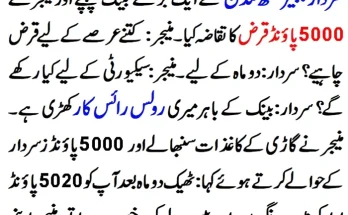Osteoporosis is a silent but serious condition that weakens bones, making them fragile and more prone to fractures. It often develops unnoticed until a sudden fall results in a broken bone, most commonly in the hip, spine, or wrist. While osteoporosis is more common in older adults, especially postmenopausal women, it can affect anyone. The good news is that with proper lifestyle choices, prevention and management of osteoporosis are possible, helping individuals maintain strong bones and overall mobility.
Bones are living tissues that constantly undergo a process of renewal, where old bone is broken down and replaced by new bone. During childhood and early adulthood, bone formation occurs at a faster rate than bone loss, leading to peak bone mass. However, as people age, bone loss begins to outpace bone formation, increasing the risk of osteoporosis. Factors such as hormonal changes, nutritional deficiencies, lack of exercise, and genetics all contribute to this condition.
One of the key factors in preventing osteoporosis is proper nutrition, particularly adequate intake of calcium and vitamin D. Calcium is essential for building and maintaining bone strength, and it is found in dairy products, leafy greens, almonds, and fortified foods. Vitamin D helps the body absorb calcium and is obtained from sunlight exposure, fatty fish, and supplements. Without enough calcium and vitamin D, bones become weak and brittle, increasing the risk of fractures.
Exercise plays a crucial role in bone health. Weight-bearing activities, such as walking, jogging, dancing, and strength training, stimulate bone growth and help maintain density. Resistance exercises, such as lifting weights or using resistance bands, improve muscle strength, which in turn supports and protects bones. Balance and flexibility exercises, such as yoga and tai chi, reduce the risk of falls, which are a major cause of fractures in people with osteoporosis.
Hormonal balance also influences bone health, especially in women. Estrogen helps protect bones, and its decline during menopause accelerates bone loss. This is why postmenopausal women are at a higher risk of osteoporosis. In some cases, hormone replacement therapy (HRT) may be recommended to slow bone loss, though it should be discussed with a healthcare provider due to potential risks. In men, low testosterone levels can also contribute to bone loss, making regular check-ups important for hormone health.
Lifestyle choices such as smoking and excessive alcohol consumption can weaken bones. Smoking reduces blood flow to the bones, interferes with calcium absorption, and lowers estrogen levels. Similarly, excessive alcohol intake disrupts bone formation and increases the risk of falls. Reducing or eliminating these habits can significantly improve bone health and reduce the risk of osteoporosis.
Regular bone density tests, such as a DEXA scan, can help detect osteoporosis early. These tests measure bone mineral density (BMD) and assess the risk of fractures. If osteoporosis is diagnosed, medications such as bisphosphonates, hormone therapy, or bone-building drugs may be prescribed to slow bone loss and reduce fracture risk. However, lifestyle modifications remain the most effective way to prevent and manage osteoporosis.
Taking proactive steps to strengthen bones throughout life is essential for maintaining mobility and independence in older age. By ensuring a nutrient-rich diet, engaging in regular exercise, avoiding harmful habits, and monitoring bone health, individuals can reduce their risk of fractures and maintain strong, healthy bones. Osteoporosis may be known as the “bone breaker,” but with the right prevention strategies, it is possible to stay active and resilient well into old age.



